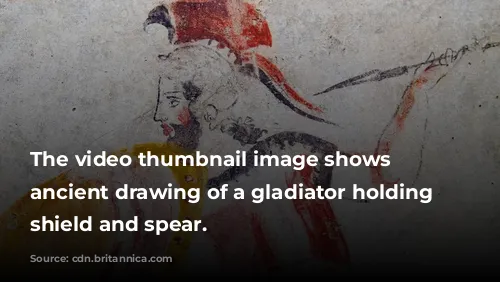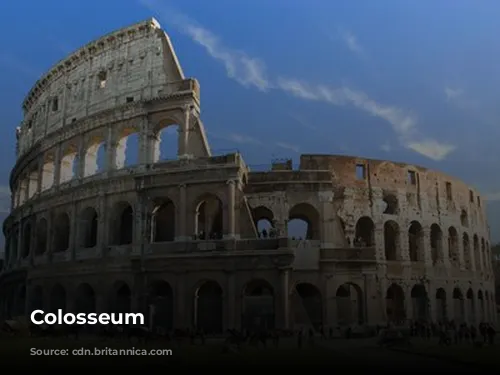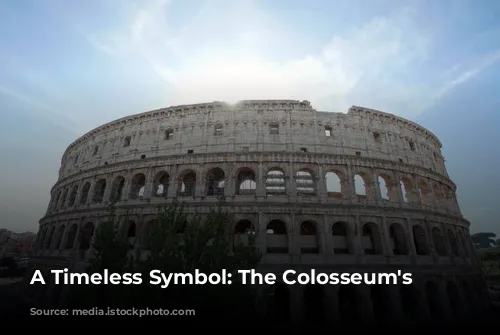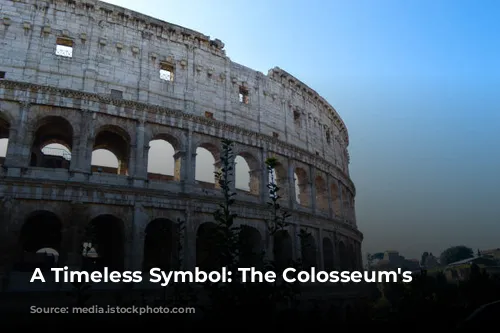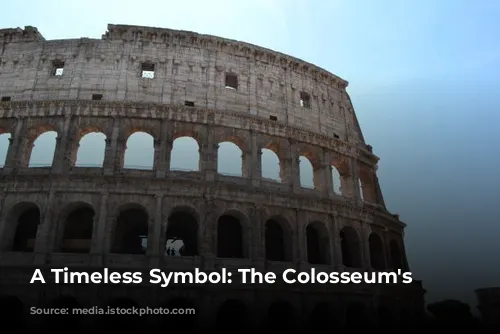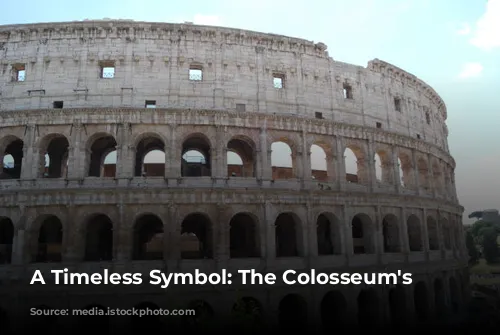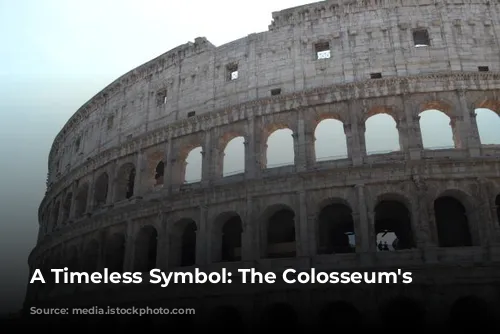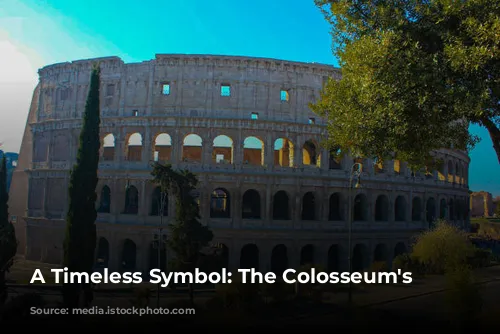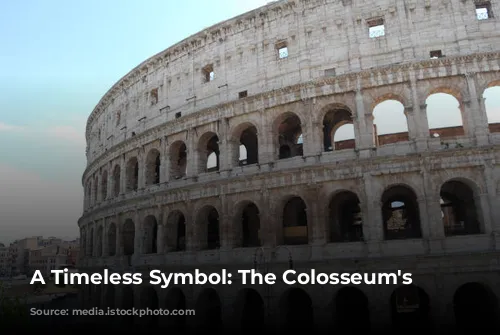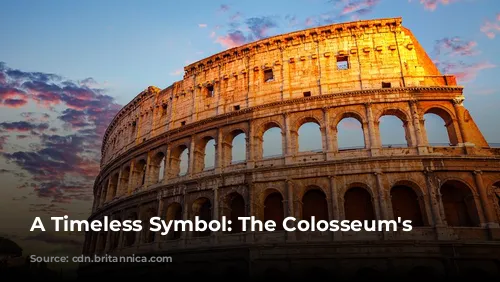The Colosseum, a monumental testament to Roman architecture and engineering, stands today as one of the few remaining intact structures from the Roman Empire. It’s not just a historical marvel; it’s also a major moneymaker for Italy. In 2018, the Colosseum, Roman Forum, and Palatine Hill combined to rake in over $63.3 million (€53.8 million), making it Italy’s top tourist attraction. This ancient amphitheater, a beacon of Roman power, continues to enchant visitors from around the globe.
A Monument’s Rise and Fall
The Colosseum’s journey, however, has been fraught with both glory and neglect. Following the fall of the Western Roman Empire, the Colosseum fell into a state of serious disrepair. Its grand design was repurposed, first as a fortress by powerful families like the Frangipane and Annibaldi in the 12th century. In the late 15th century, Pope Alexander VI allowed the Colosseum to be plundered for its building materials. For over a thousand years, the once-mighty amphitheater was treated as a quarry, its magnificent facade slowly decaying. Thankfully, the 1990s brought a wave of state-funded restoration efforts, breathing life back into this iconic landmark.
A Legacy of Spectacle
The Colosseum’s construction was a grand project born from the ambition of Roman emperors to revitalize the city after the chaotic “Year of the Four Emperors” in 69 CE. Emperor Vespasian, known for his practicality, envisioned the Colosseum as a center for entertainment, a place for Romans to gather and be enthralled by gladiatorial combat, animal hunts, and even mock naval battles.
From Humble Beginnings to Majestic Glory
The Colosseum’s construction began under Vespasian between 70 and 72 CE, and its dedication ceremony in 80 CE, overseen by Vespasian’s son Titus, was a spectacle of grandeur. The Colosseum’s fourth story was added by Emperor Domitian in 82 CE. This monument of spectacle was built using the spoils of war from Titus’s conquest of Jerusalem in 70 CE, and tragically, enslaved Jews from Judaea were forced to build it. The Colosseum’s construction reflects a blend of Roman ingenuity and the harsh realities of the time.
A Colossal Masterpiece
The Colosseum, also known as the Flavian Amphitheatre, is a magnificent elliptical structure, a testament to Roman architectural prowess. Built with stone, concrete, and tuff, it rises four stories high, spanning an impressive 620 by 513 feet (189 by 156 meters). Its vast capacity allowed it to host as many as 50,000 spectators, creating a thunderous atmosphere for gladiatorial combat.
A Symbol of Imperial Power
The Colosseum stands just east of the Palatine Hill, on the former grounds of Nero’s extravagant Golden House. Vespasian’s decision to replace Nero’s private lake with a public amphitheater was as much a symbolic act as a practical one. It symbolized a shift from tyrannical rule to a vision of public spectacle and entertainment, a grand gesture for the Roman people.
Engineering Marvels
Unlike earlier amphitheaters, which were often built into hillsides for added support, the Colosseum is a freestanding structure, a marvel of engineering. It’s constructed using a sophisticated system of barrel and groin vaults, with its three lower stories encircled by arcades, framed by engaged columns in the Doric, Ionic, and Corinthian orders. This innovative structure became a model for Renaissance architects.
A Glimpse into Roman Life
The Colosseum was designed with the comfort and safety of its spectators in mind. A massive retractable awning, known as a velarium, shielded spectators from the sun. It was a complex system that required hundreds of Roman sailors to manage the rigging that extended and retracted the awning. The Colosseum witnessed thousands of gladiatorial combats, contests between men and animals, and even mock naval battles, offering a glimpse into the brutal and captivating world of Roman entertainment.
From Glory to Neglect, and Back Again
The Colosseum’s journey, however, was not one of continuous splendor. It was used as a church during medieval times and later as a fortress by powerful Roman families. Sadly, the Colosseum suffered from vandalism and pollution, losing its marble seats and decorative elements. For centuries, it was essentially a quarry for building materials, its grandeur slowly fading away. However, the 19th century saw the beginning of preservation efforts, with notable contributions from Pope Pius VIII. The 1990s brought a dedicated restoration project that has breathed life back into this magnificent monument.
A Legacy that Endures
Today, the Colosseum remains a top tourist attraction, drawing millions of visitors each year. Its powerful presence reminds us of the Roman Empire’s grandeur, its architectural ingenuity, and the fascinating blend of entertainment and brutality that defined Roman life.

